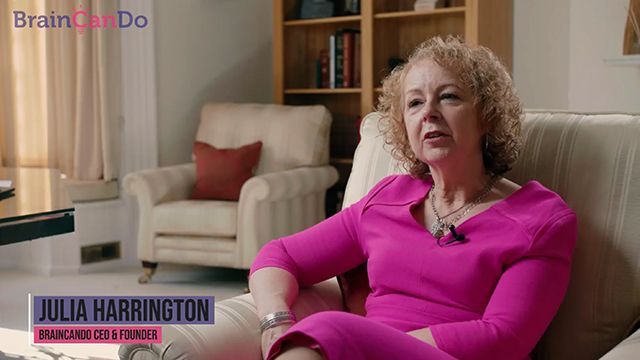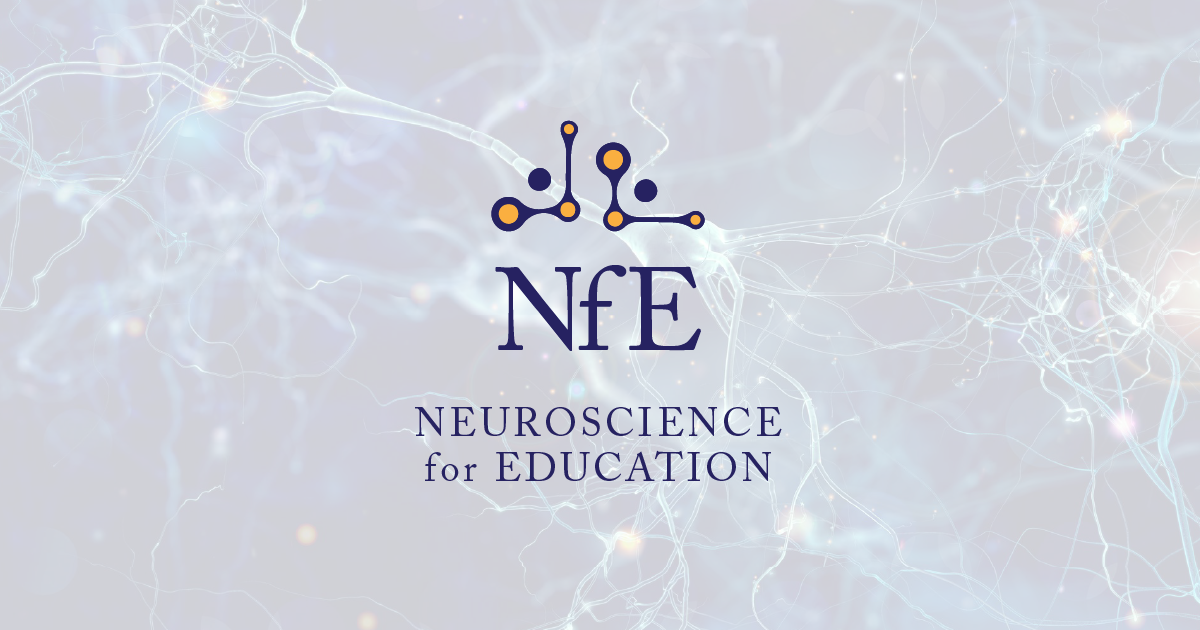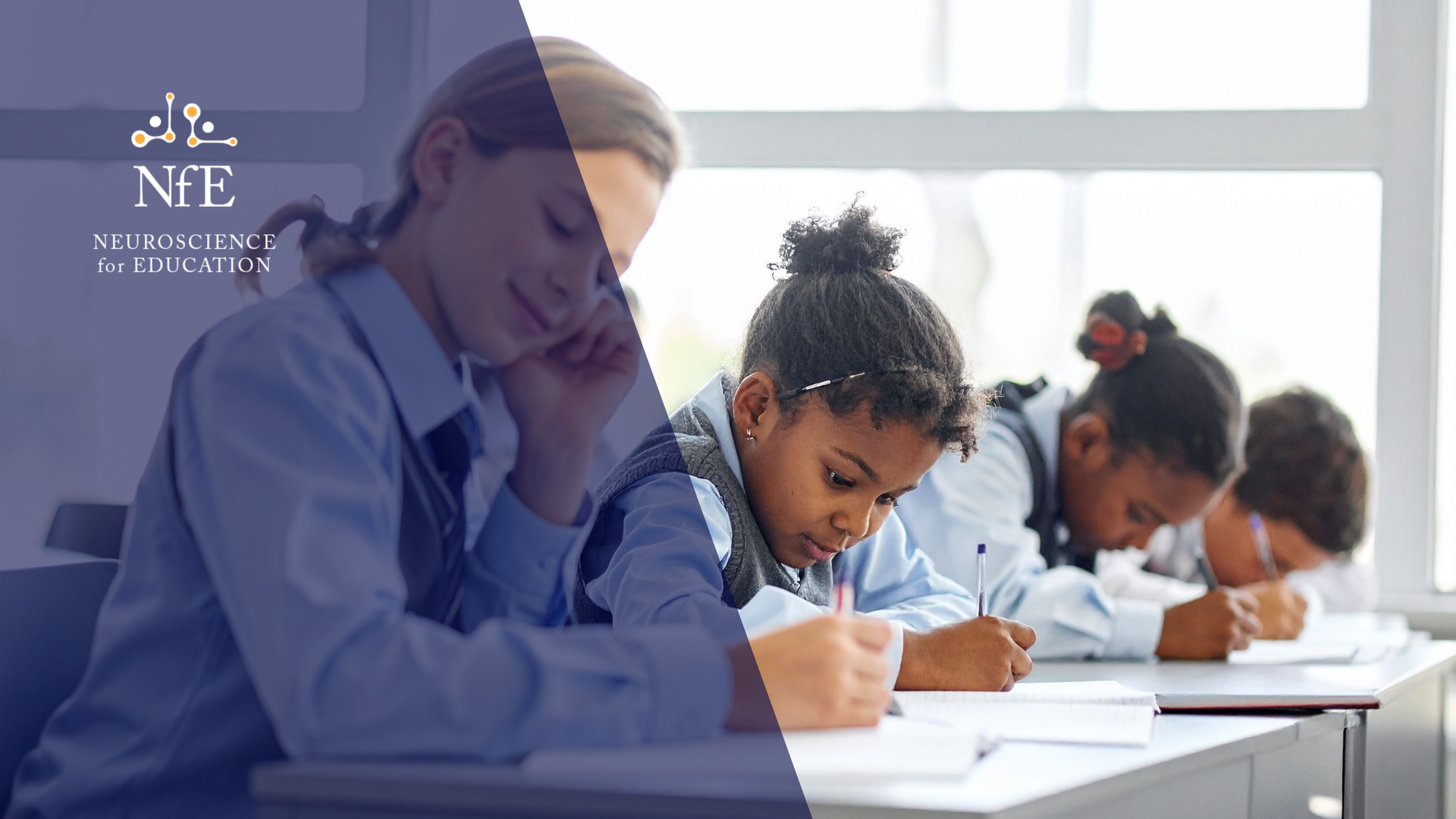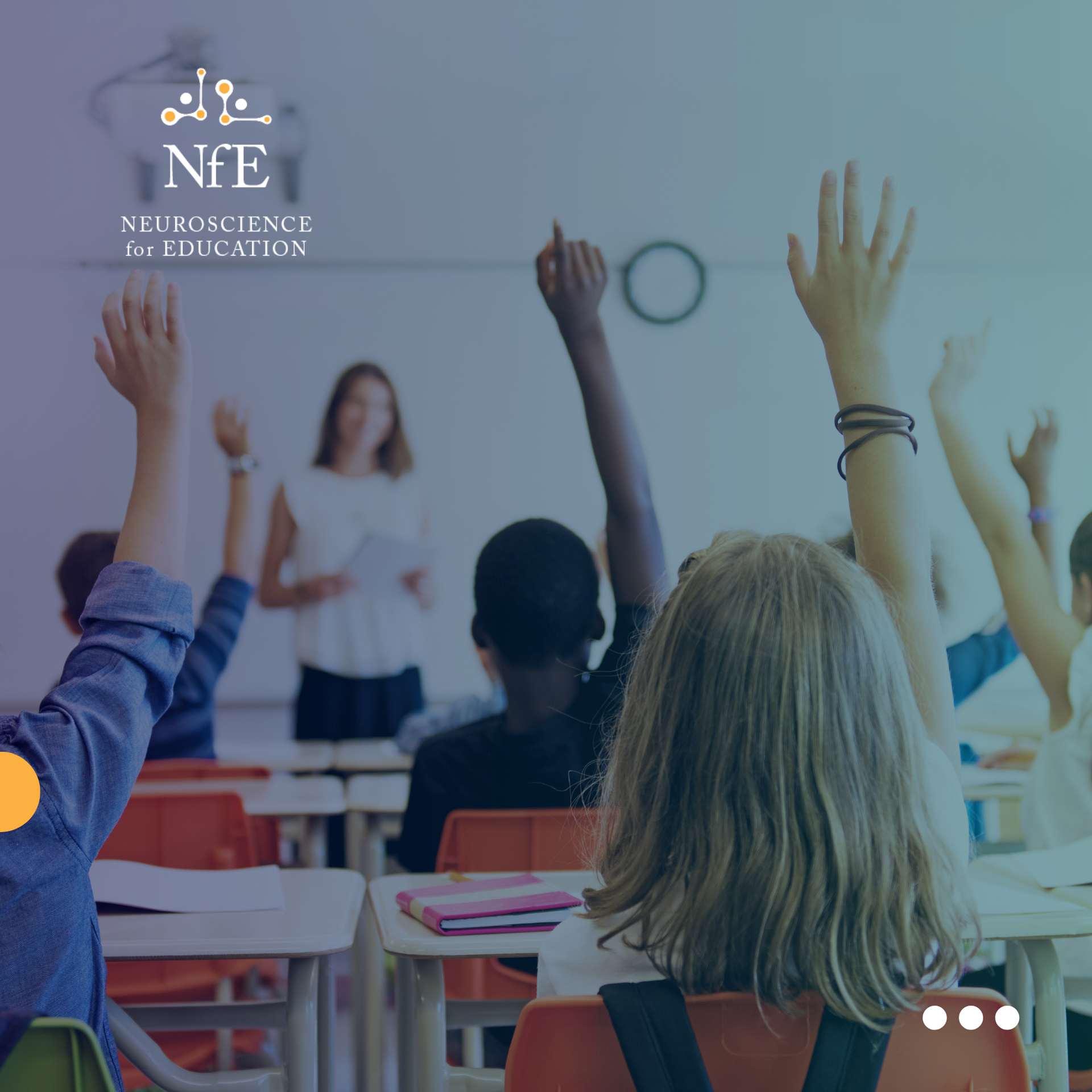The Neuroscience of Bullying: Understanding the Brain to Build Kinder Schools
What neuroscience reveals about the lasting impact of bullying—and how educators can help every child feel safe, connected, and ready to learn.

Bullying is more than unkind behaviour — it is a form of psychological stress that we now know can profoundly shape a child’s brain, learning, and emotional wellbeing. Defined as repeated, intentional harm involving an imbalance of power, bullying may be physical, verbal, relational, or digital (cyberbullying). It can stem from differences in race, gender, disability, or simply from perceived “otherness.”
Whatever its form, bullying creates an environment of fear and insecurity that can disrupt learning and development for years to come.
Recognising Bullying and Its Hidden Effects
Bullying can be overt — physical aggression, teasing, exclusion — or subtle, such as persistent social isolation or online humiliation. Children who are bullied often appear withdrawn, anxious, or unusually tired. Some may develop somatic symptoms such as headaches, stomach aches, or sleep difficulties. Others may show changes in school performance or social relationships.
Importantly, the effects are not only emotional — they are neurobiological. Recent studies using brain imaging have shown that children who experience bullying display changes in brain structure and function. These include differences in the amygdala (which processes threat and emotion), the prefrontal cortex (involved in decision-making and self-control), and regions such as the fusiform gyrus and insula, which help us recognise faces and interpret our own and others’ feelings. These neural alterations can impair memory, cognitive flexibility, and emotional regulation — key skills for learning and social interaction.
In fact, research suggests that children who are bullied may face twice the risk of attempting suicide in adulthood, highlighting the serious and lasting effects of such stress on the developing brain.
What Teachers and School Leaders Can Do
While bullying has complex causes, schools can play a powerful role in prevention and recovery. Neuroscience offers insights into how to support both the bullied and those who bully others. Here are four key actions:
1. Create emotionally safe classrooms.
Safety is the foundation for learning. Children’s brains cannot engage in reasoning or creativity when they feel threatened. Teachers can build safety by using predictable routines, positive language, and consistent boundaries.
2. Model empathy and emotional regulation.
The brain can learn through imitation. When adults respond calmly to conflict, children’s neural systems for emotion regulation — particularly in the prefrontal cortex — are strengthened. Encourage pupils to name emotions and practise perspective-taking.
3. Build social connection and inclusion.
Connection is a biological antidote to stress. Group activities, peer mentoring, and restorative practices reduce isolation and re-engage the brain’s social networks, helping children rebuild trust and resilience.
4. Educate about the brain and behaviour.
When children and staff understand that stress changes the brain — and that the brain can recover through supportive relationships — compassion replaces blame. This helps schools move from punishment to prevention.
A Call to Action
Bullying is not just a behavioural issue; it is a neurological and emotional crisis that demands understanding and care. By recognising the brain’s role in how children respond to stress, educators can create environments that not only prevent bullying but also promote healing and learning. Neuroscience reminds us that every act of empathy, safety, and inclusion helps reshape young brains — and futures — for the better.









